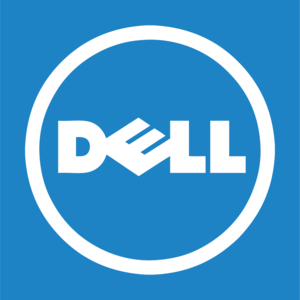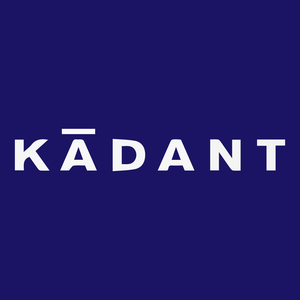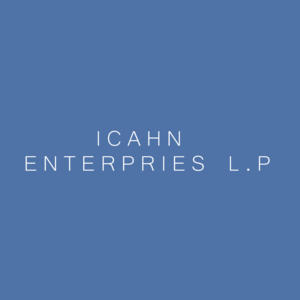
Columbus McKinnon (CMCO)
We wouldn’t buy Columbus McKinnon. Its sales have underperformed and its low returns on capital show it has few growth opportunities.― StockStory Analyst Team
1. News
2. Summary
Why We Think Columbus McKinnon Will Underperform
With 19 different brands across the globe, Columbus McKinnon (NASDAQ:CMCO) offers material handling equipment for the construction, manufacturing, and transportation industries.
- Sales stagnated over the last two years and signal the need for new growth strategies
- Sales over the last two years were less profitable as its earnings per share fell by 11.3% annually while its revenue was flat
- ROIC of 6.6% reflects management’s challenges in identifying attractive investment opportunities, and its decreasing returns suggest its historical profit centers are aging


Columbus McKinnon doesn’t live up to our standards. Better businesses are for sale in the market.
Why There Are Better Opportunities Than Columbus McKinnon
High Quality
Investable
Underperform
Why There Are Better Opportunities Than Columbus McKinnon
Columbus McKinnon is trading at $17.78 per share, or 6.5x forward P/E. This sure is a cheap multiple, but you get what you pay for.
Cheap stocks can look like great bargains at first glance, but you often get what you pay for. These mediocre businesses often have less earnings power, meaning there is more reliance on a re-rating to generate good returns - an unlikely scenario for low-quality companies.
3. Columbus McKinnon (CMCO) Research Report: Q3 CY2025 Update
Material handling equipment manufacturer Columbus McKinnon (NASDAQ:CMCO) beat Wall Street’s revenue expectations in Q3 CY2025, with sales up 7.7% year on year to $261 million. Its non-GAAP profit of $0.62 per share was 17.2% above analysts’ consensus estimates.
Columbus McKinnon (CMCO) Q3 CY2025 Highlights:
- Revenue: $261 million vs analyst estimates of $240.6 million (7.7% year-on-year growth, 8.5% beat)
- Adjusted EPS: $0.62 vs analyst estimates of $0.53 (17.2% beat)
- Adjusted EBITDA: $37.4 million vs analyst estimates of $33.65 million (14.3% margin, 11.1% beat)
- Operating Margin: 4.7%, up from -5.4% in the same quarter last year
- Free Cash Flow Margin: 8.3%, up from 1.6% in the same quarter last year
- Backlog: $351.6 million at quarter end
- Market Capitalization: $427.4 million
Company Overview
With 19 different brands across the globe, Columbus McKinnon (NASDAQ:CMCO) offers material handling equipment for the construction, manufacturing, and transportation industries.
Columbus McKinnon began as two separate entities focused on chain manufacturing and hoist production. The company's roots trace back to the Moore Manufacturing Company, which initially catered to the railroad industry before shifting focus to hoists and cranes. In 1929, the merger with the Columbus Chain Company formed Columbus McKinnon, expanding their product line in material handling. Over the decades, Columbus McKinnon has grown through strategic acquisitions, enhancing its presence in the hoist and chain market sectors.
Columbus McKinnon’s product range includes hoists of various types—electric, air-powered, lever, and hand-operated—along with crane components, precision conveyor systems, rigging tools, and digital power and motion control systems. These offerings cater to lifting, positioning, and securing needs in sectors such as manufacturing, transportation, energy, construction, and more. Additional specialized products include explosion-protected hoists, winches, aluminum workstations, and below-the-hook lifters. The company’s STAHL subsidiary extends its reach in crane construction and engineering procurement services, serving industries like wind power, warehousing, oil and gas, and transportation.
Columbus McKinnon Corporation's revenue primarily comes from the sale of its material handling products. The company markets its products through a global distribution network. This includes industrial and rigging shop distributors, independent crane builders, and national or regional distributors specializing in maintenance, repair, operating, and production (MROP) supplies. The company also collaborates with material handling specialists and integrators to design and assemble handling systems.
The company enhances its revenue streams with an after-sales service network, which includes chain repair service stations and hoist service and repair stations. This network supports the large installed base of Columbus McKinnon equipment by providing maintenance and repair services, ensuring operational efficiency and longevity of the products. Additionally, Columbus McKinnon offers specialized services to government agencies, such as the U.S. and Canadian Navies and Coast Guards, further diversifying its end markets.
Columbus McKinnon's growth strategy is centered on enhancing its intelligent motion product portfolio through strategic acquisitions and the development of new products that address customer challenges. Recently the company successfully integrated acquisitions such as Dorner and Garvey, which have broadened its capabilities in precision conveying and automation, providing entry into sectors like industrial automation, food processing and e-commerce.
4. General Industrial Machinery
Automation that increases efficiency and connected equipment that collects analyzable data have been trending, creating new demand for general industrial machinery companies. Those who innovate and create digitized solutions can spur sales and speed up replacement cycles, but all general industrial machinery companies are still at the whim of economic cycles. Consumer spending and interest rates, for example, can greatly impact the industrial production that drives demand for these companies’ offerings.
Competitors offering similar products include Terex (NYSE:TEX), Manitowoc (NYSE:MTW), and Hyster-Yale (NYSE:HY)
5. Revenue Growth
A company’s long-term sales performance is one signal of its overall quality. Any business can put up a good quarter or two, but the best consistently grow over the long haul. Over the last five years, Columbus McKinnon grew its sales at a mediocre 7.4% compounded annual growth rate. This fell short of our benchmark for the industrials sector and is a poor baseline for our analysis.
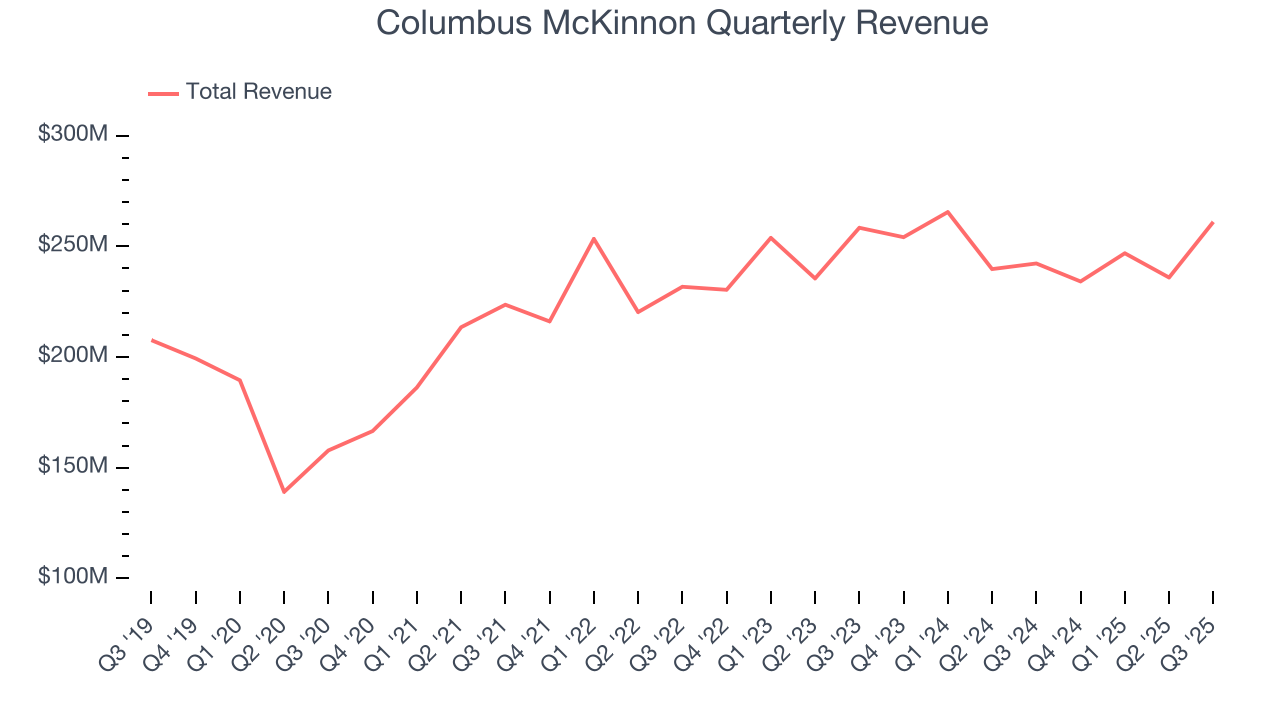
Long-term growth is the most important, but within industrials, a half-decade historical view may miss new industry trends or demand cycles. Columbus McKinnon’s recent performance shows its demand has slowed as its revenue was flat over the last two years. 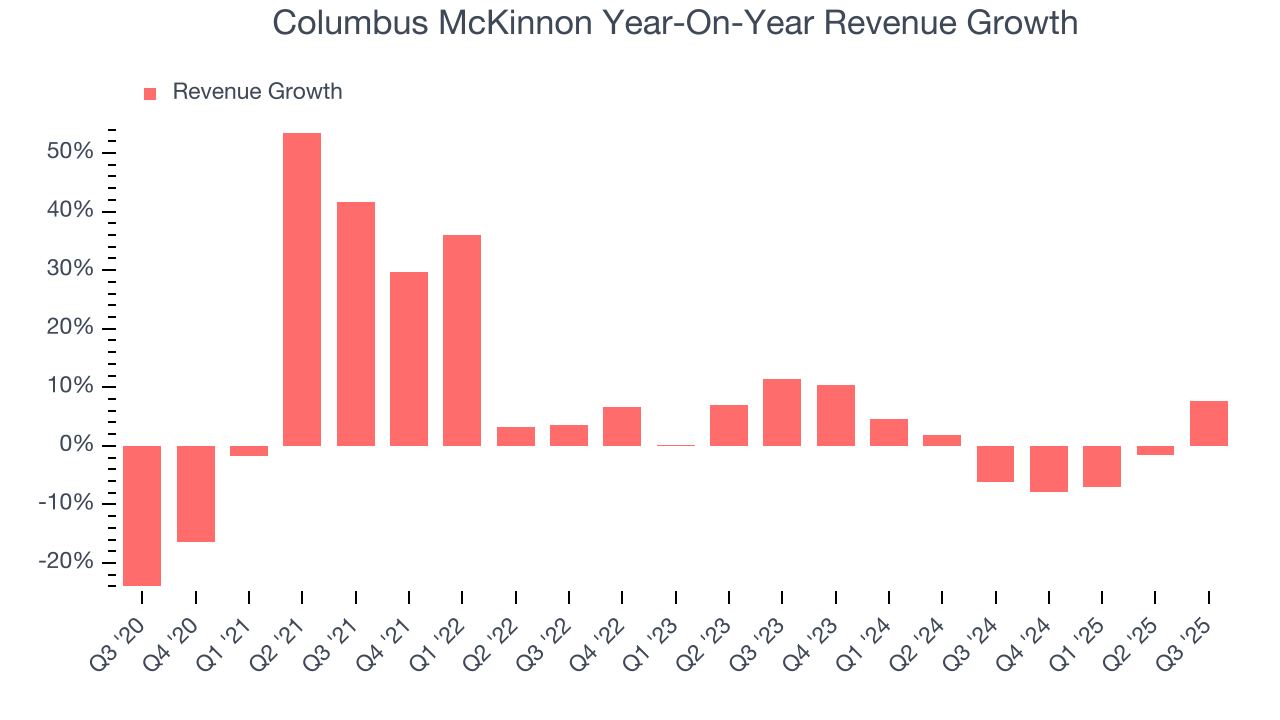
This quarter, Columbus McKinnon reported year-on-year revenue growth of 7.7%, and its $261 million of revenue exceeded Wall Street’s estimates by 8.5%.
Looking ahead, sell-side analysts expect revenue to grow 2% over the next 12 months. While this projection indicates its newer products and services will catalyze better top-line performance, it is still below average for the sector.
6. Gross Margin & Pricing Power
Columbus McKinnon’s gross margin is good compared to other industrials businesses and signals it sells differentiated products, not commodities. As you can see below, it averaged an impressive 35.6% gross margin over the last five years. Said differently, Columbus McKinnon paid its suppliers $64.40 for every $100 in revenue. 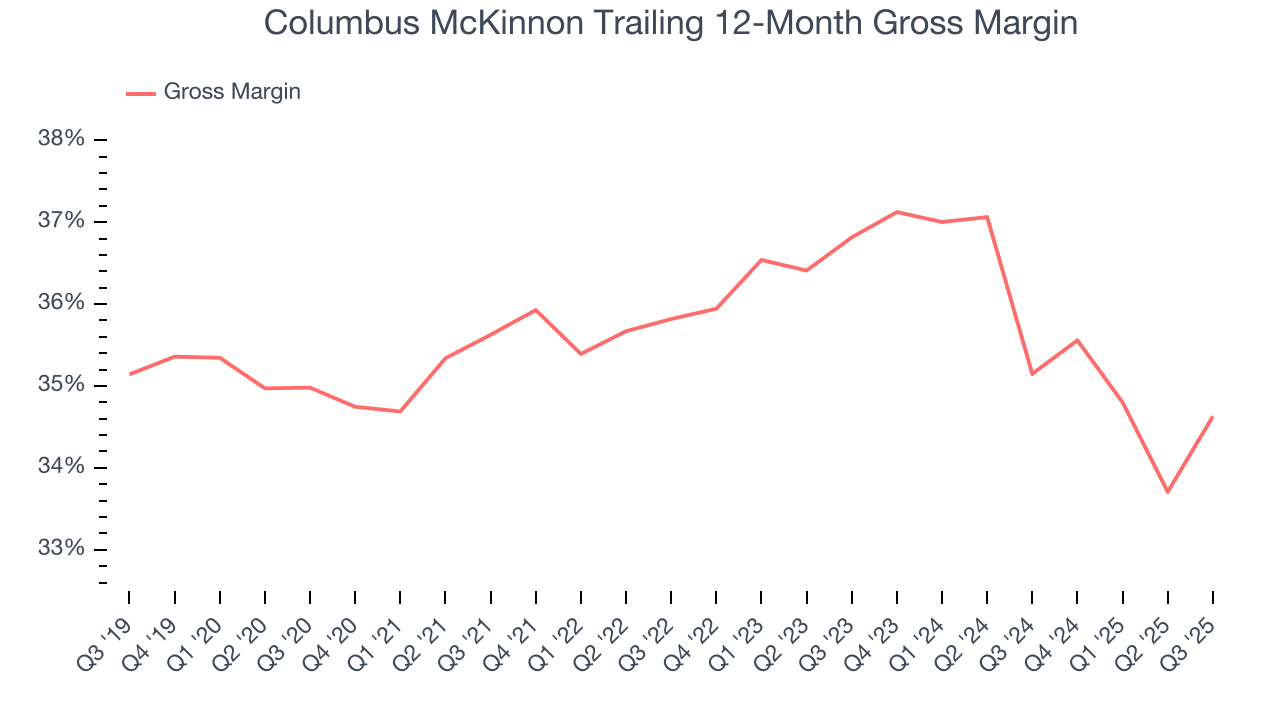
In Q3, Columbus McKinnon produced a 34.5% gross profit margin, up 3.7 percentage points year on year. Zooming out, the company’s full-year margin has remained steady over the past 12 months, suggesting its input costs (such as raw materials and manufacturing expenses) have been stable and it isn’t under pressure to lower prices.
7. Operating Margin
Operating margin is an important measure of profitability as it shows the portion of revenue left after accounting for all core expenses – everything from the cost of goods sold to advertising and wages. It’s also useful for comparing profitability across companies with different levels of debt and tax rates because it excludes interest and taxes.
Columbus McKinnon’s operating margin has risen over the last 12 months and averaged 9% over the last five years. Its profitability was higher than the broader industrials sector, showing it did a decent job managing its expenses.
Analyzing the trend in its profitability, Columbus McKinnon’s operating margin might fluctuated slightly but has generally stayed the same over the last five years. This raises questions about the company’s expense base because its revenue growth should have given it leverage on its fixed costs, resulting in better economies of scale and profitability.

This quarter, Columbus McKinnon generated an operating margin profit margin of 4.7%, up 10.1 percentage points year on year. The increase was solid, and because its operating margin rose more than its gross margin, we can infer it was more efficient with expenses such as marketing, R&D, and administrative overhead.
8. Earnings Per Share
We track the long-term change in earnings per share (EPS) for the same reason as long-term revenue growth. Compared to revenue, however, EPS highlights whether a company’s growth is profitable.
Columbus McKinnon’s unimpressive 6.9% annual EPS growth over the last five years aligns with its revenue performance. This tells us it maintained its per-share profitability as it expanded.
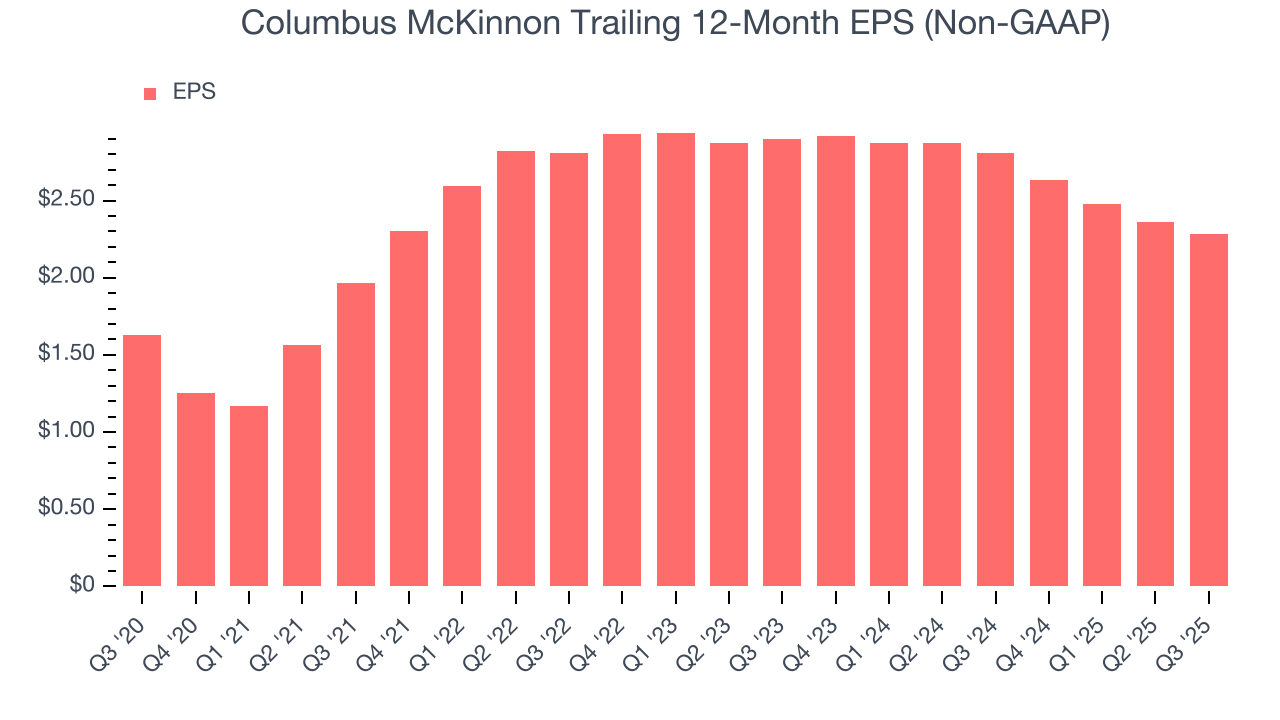
Like with revenue, we analyze EPS over a more recent period because it can provide insight into an emerging theme or development for the business.
Columbus McKinnon’s two-year annual EPS declines of 11.3% were bad and lower than its flat revenue.
We can take a deeper look into Columbus McKinnon’s earnings to better understand the drivers of its performance. While we mentioned earlier that Columbus McKinnon’s operating margin expanded this quarter, a two-year view shows its margin has declined. This was the most relevant factor (aside from the revenue impact) behind its lower earnings; interest expenses and taxes can also affect EPS but don’t tell us as much about a company’s fundamentals.
In Q3, Columbus McKinnon reported adjusted EPS of $0.62, down from $0.70 in the same quarter last year. Despite falling year on year, this print easily cleared analysts’ estimates. Over the next 12 months, Wall Street expects Columbus McKinnon’s full-year EPS of $2.28 to grow 19.6%.
9. Cash Is King
If you’ve followed StockStory for a while, you know we emphasize free cash flow. Why, you ask? We believe that in the end, cash is king, and you can’t use accounting profits to pay the bills.
Columbus McKinnon has shown weak cash profitability over the last five years, giving the company limited opportunities to return capital to shareholders. Its free cash flow margin averaged 4.6%, subpar for an industrials business.
Taking a step back, we can see that Columbus McKinnon’s margin dropped by 3.1 percentage points during that time. This along with its unexciting margin put the company in a tough spot, and shareholders are likely hoping it can reverse course. If the trend continues, it could signal it’s becoming a more capital-intensive business.
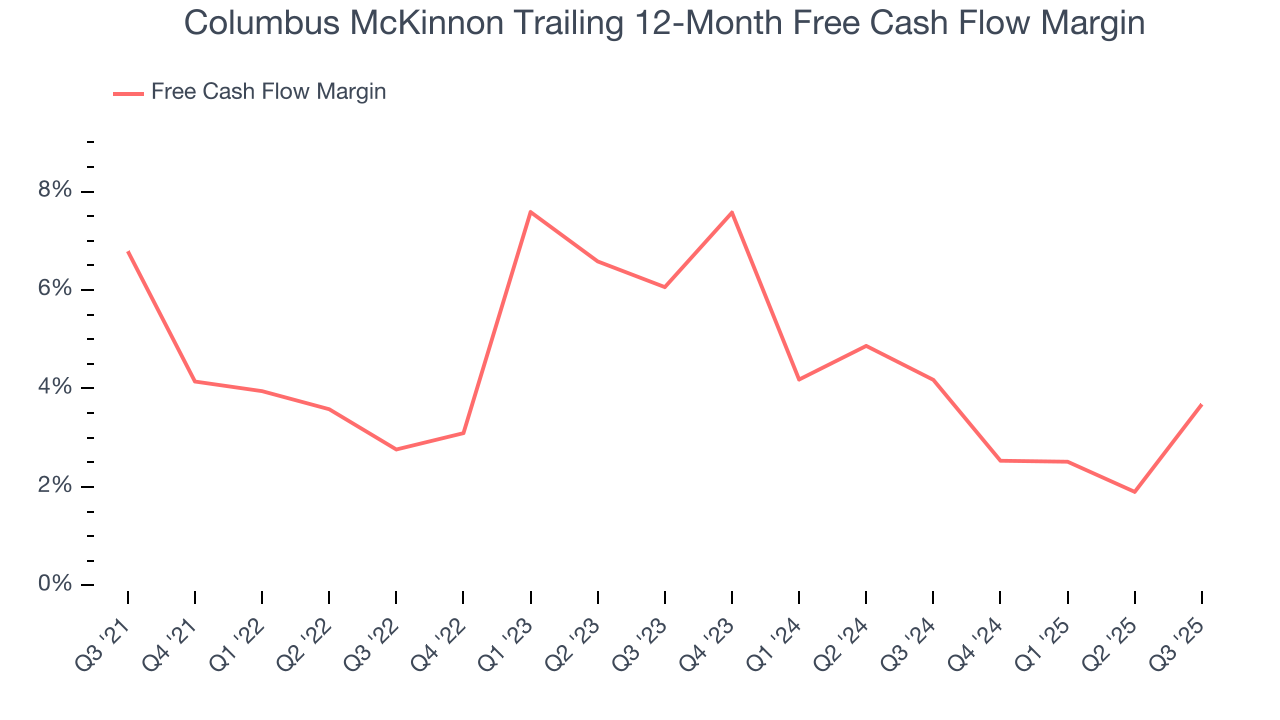
Columbus McKinnon’s free cash flow clocked in at $21.7 million in Q3, equivalent to a 8.3% margin. This result was good as its margin was 6.7 percentage points higher than in the same quarter last year, but we wouldn’t read too much into the short term because investment needs can be seasonal, leading to temporary swings. Long-term trends carry greater meaning.
10. Return on Invested Capital (ROIC)
EPS and free cash flow tell us whether a company was profitable while growing its revenue. But was it capital-efficient? A company’s ROIC explains this by showing how much operating profit it makes compared to the money it has raised (debt and equity).
Columbus McKinnon historically did a mediocre job investing in profitable growth initiatives. Its five-year average ROIC was 6.5%, somewhat low compared to the best industrials companies that consistently pump out 20%+.
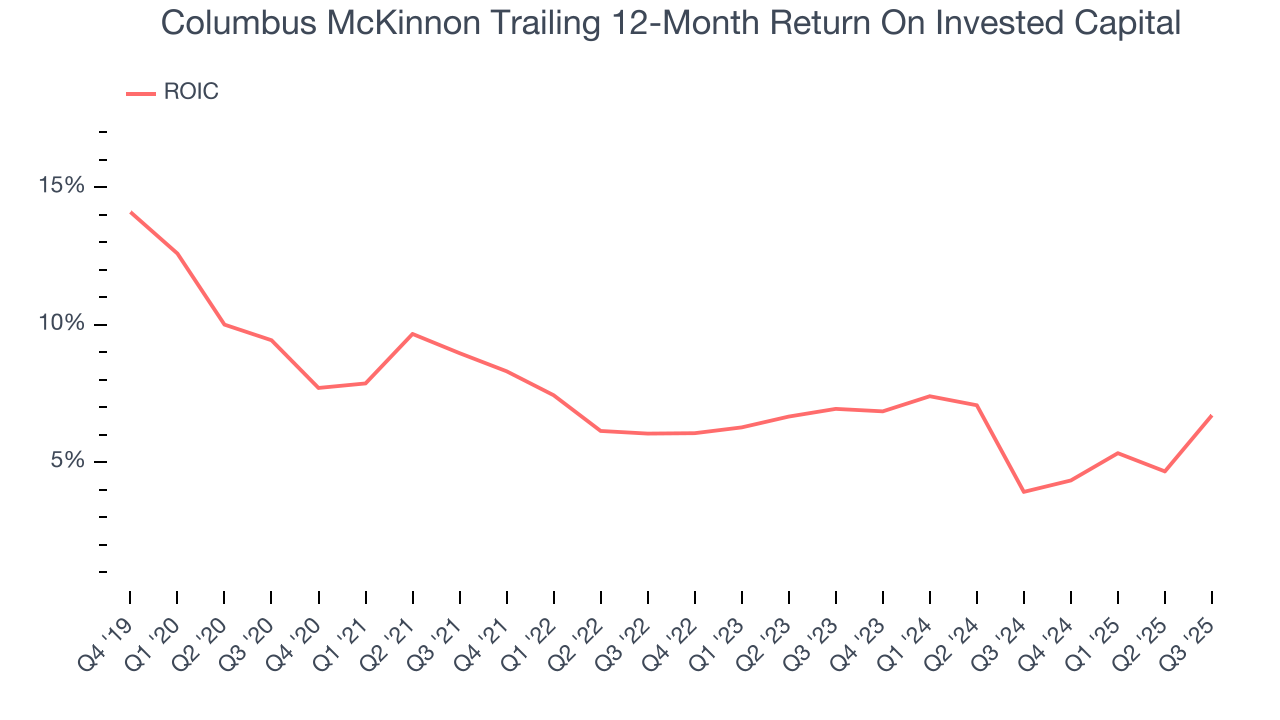
We like to invest in businesses with high returns, but the trend in a company’s ROIC is what often surprises the market and moves the stock price. Over the last few years, Columbus McKinnon’s ROIC averaged 2.2 percentage point decreases each year. Paired with its already low returns, these declines suggest its profitable growth opportunities are few and far between.
11. Balance Sheet Assessment
Columbus McKinnon reported $28.04 million of cash and $459.3 million of debt on its balance sheet in the most recent quarter. As investors in high-quality companies, we primarily focus on two things: 1) that a company’s debt level isn’t too high and 2) that its interest payments are not excessively burdening the business.
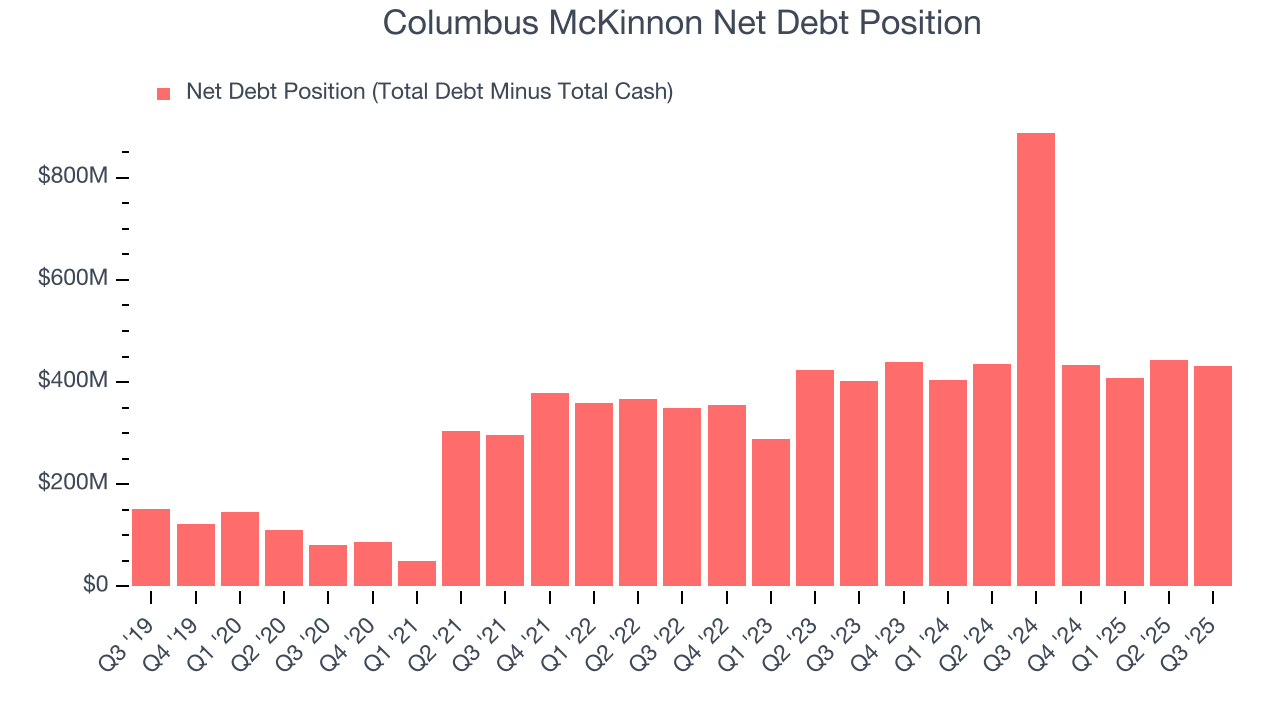
With $142 million of EBITDA over the last 12 months, we view Columbus McKinnon’s 3.0× net-debt-to-EBITDA ratio as safe. We also see its $14.78 million of annual interest expenses as appropriate. The company’s profits give it plenty of breathing room, allowing it to continue investing in growth initiatives.
12. Key Takeaways from Columbus McKinnon’s Q3 Results
We were impressed by how significantly Columbus McKinnon blew past analysts’ EBITDA expectations this quarter. We were also excited its revenue outperformed Wall Street’s estimates by a wide margin. Zooming out, we think this quarter featured some important positives. The stock traded up 16.3% to $17.55 immediately after reporting.
13. Is Now The Time To Buy Columbus McKinnon?
Updated: December 24, 2025 at 10:44 PM EST
The latest quarterly earnings matters, sure, but we actually think longer-term fundamentals and valuation matter more. Investors should consider all these pieces before deciding whether or not to invest in Columbus McKinnon.
We see the value of companies helping their customers, but in the case of Columbus McKinnon, we’re out. For starters, its revenue growth was mediocre over the last five years, and analysts expect its demand to deteriorate over the next 12 months. And while its projected EPS for the next year implies the company’s fundamentals will improve, the downside is its cash profitability fell over the last five years. On top of that, its relatively low ROIC suggests management has struggled to find compelling investment opportunities.
Columbus McKinnon’s P/E ratio based on the next 12 months is 6.5x. While this valuation is optically cheap, the potential downside is huge given its shaky fundamentals. There are more exciting stocks to buy at the moment.
Wall Street analysts have a consensus one-year price target of $27.75 on the company (compared to the current share price of $17.78).
Although the price target is bullish, readers should exercise caution because analysts tend to be overly optimistic. The firms they work for, often big banks, have relationships with companies that extend into fundraising, M&A advisory, and other rewarding business lines. As a result, they typically hesitate to say bad things for fear they will lose out. We at StockStory do not suffer from such conflicts of interest, so we’ll always tell it like it is.

